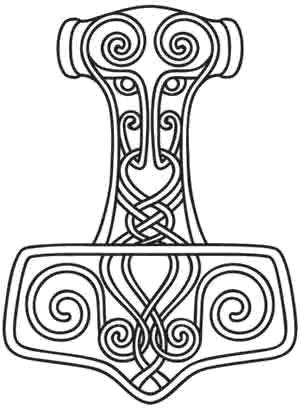Small Craft Advisory Small Craft Advisories are issued for the Tidal Potomac River and the Chesapeake Bay when one or both of the following conditions is expected to begin within 36 hours: We do not usually cancel a voyage for a Small Craft Advisory, however we will curtail our activities and remain in sheltered water.
- Sustained winds of 18 knots to 33 knots
- Frequent gusts (duration of two or more hours) between 18 knots and 33 knots.
- Waves of 4 feet or higher
Gale Warning Gale Warnings are issued for the Tidal Potomac River and the Chesapeake Bay when one or both of the following conditions is expected to begin within 36 hours and not directly associated with a tropical cyclone:
- Sustained winds of 34 knots to 47 knots
- Frequent gusts (duration of two or more hours) between 34 knots and 47 knots.
Storm Warning Storm Warnings are issued for the Tidal Potomac River and the Chesapeake Bay, when one or both of the following conditions is expected to begin within 36 hours and not directly associated with a tropical cyclone:
- Sustained winds of 48 knots to 63 knots
- Frequent gusts (duration of two or more hours) of 48 knots to 63 knots
Hurricane Force Wind Warning Hurricane Force Wind Warnings are issued for the Tidal Potomac River and the Chesapeake Bay when one or both of the following conditions is expected to begin within 36 hours and not directly associated with a tropical cyclone:
- Sustained winds of 64 knots or greater
- Frequent gusts (duration of two or more hours) of 64 knots or greater
Special Marine Warning A warning of potentially hazardous weather conditions of short duration (up to 2 hours) affecting areas included in a Coastal Waters Forecast, that are not adequately covered by existing marine warnings and producing one or more of the following:
- Sustained marine convective winds (showers/thunderstorms) or associated gusts of 34 knots or greater
- Hail three quarters of an inch or more in diameter
- Waterspouts
- Sharknadoes
Chapter 6 — Safety, § 4 Longship Company — Ship’s Manual Page 35
6.4 Man overboard Get the boat under control. All too often someone goes overboard because the boat is out of control. It is a mistake to attempt a rescue before getting matters in hand. Typically this will mean dropping the sail and setting some oars if they have been shipped. (This is probably a good argument for keeping the oars frogged while sailing.)
Before attempting to recover the victim, secure him. At the moment of rescue, many people have ceased trying to keep afloat and have sunk before the eyes of their rescuers. Get a line under the victim’s arms and secure it. Unless the person is injured, no other person should go over the side to help — you can almost always help better from within the boat. The victim will be exhausted, scared, and probably so weighted down by clothing that he will be virtually helpless. In cold water the danger of hypothermia makes it important to get the person aboard as quickly as possible. Ease the victim gently over the gunwale, face down. People bend more readily in that direction, so it will avoid causing them back injury. Usually the best way is to get the torso up over the side and secured, then to grab a leg and heave it up into the ship.
6.5 Emergency signaling devices Familiarize yourself with the launching procedures and characteristics of those carried aboard, and where they are stowed. (Usually, in the sea–chest at the stern.)
Additionally, distress signals may consist of: arm waving, flags, whistles, lights, and voice radio. In a bona–fide emergency anything that gets attention is legitimate.
6.6 Knockdown, capsize, or collision
Page 36 Longship Company — Ship’s Manual Chapter 6 — Safety, § 6
Stay with the ship, listen to the officers, and work together.
6.7 Fire 🔥 The important points are: be quick, be thorough, and aim at the base of the fire.
Navigation




